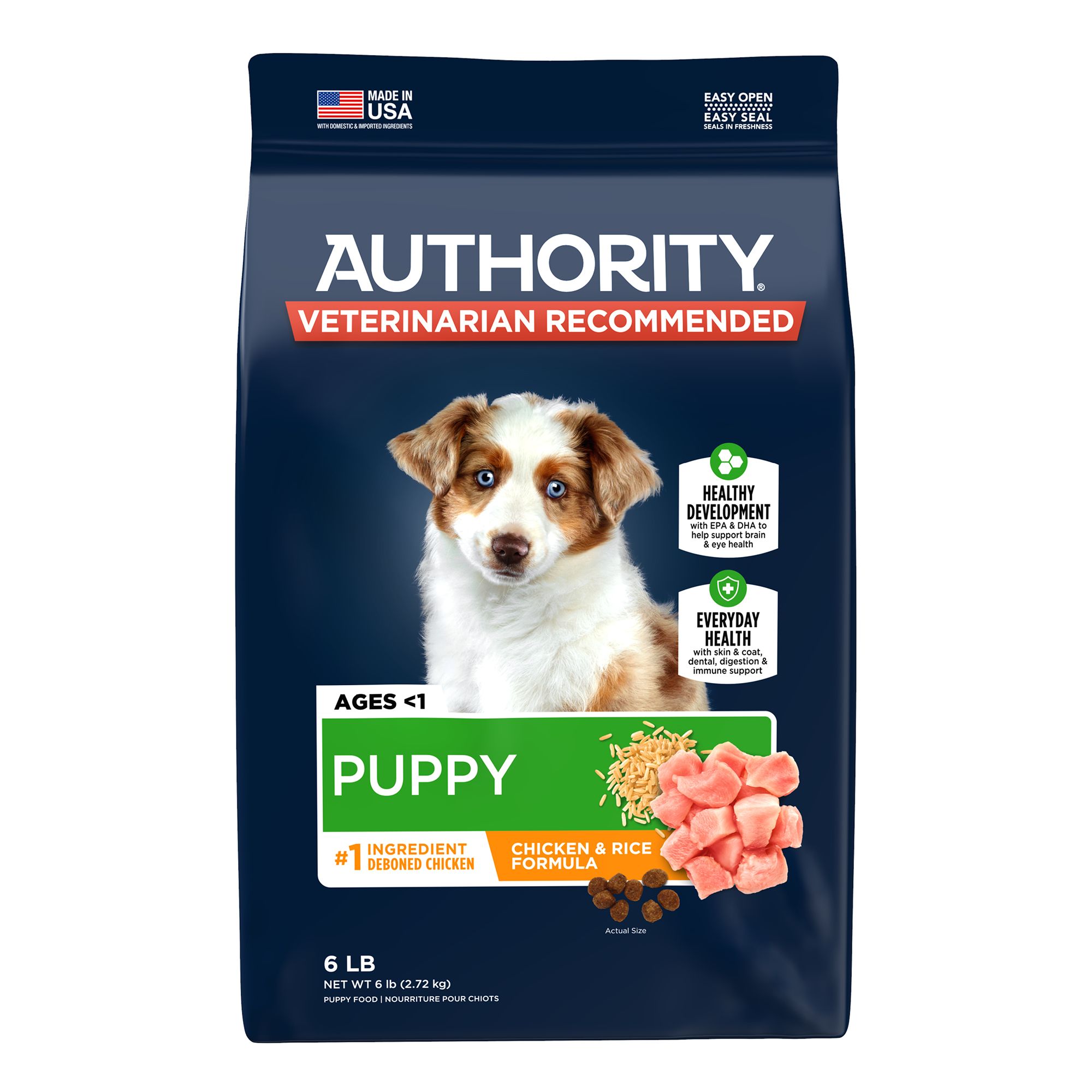Viva Resa: Your Gateway to Insightful Living
Discover news, trends, and tips for a vibrant lifestyle.
Fido's Feast: What Your Dog Really Wants to Eat
Uncover real doggie cravings! Discover what Fido truly wants to eat and wow your pup with delicious, healthy meals they'll love.
The Top 10 Human Foods Your Dog Can Safely Enjoy
When it comes to sharing your meals with your furry friend, it’s essential to know which human foods are safe and nutritious for dogs. Here’s a list of the top 10 human foods your dog can safely enjoy:
- Carrots: Crunchy and low in calories, carrots are great for your dog’s teeth and overall health.
- Blueberries: Packed with antioxidants, these tiny fruits are a fantastic treat for dogs.
- Sweet Potatoes: Rich in vitamins, sweet potatoes are excellent for digestion when cooked.
- Bananas: In moderation, bananas can provide a potassium boost and are a sweet treat your dog will love.
- Peanut Butter: A favorite among many dogs, ensure it’s xylitol-free!
- Cooked Chicken: Plain, cooked chicken can be an excellent protein source for your dog.
- Pumpkin: Great for digestion and can help with upset stomachs.
- Green Beans: Low in calories, they're a crunchy snack dogs can enjoy.
- Rice: Plain, cooked rice is easy on the stomach and a good option for dogs with digestive issues.
- Eggs: Cooked eggs are a protein-rich food that many dogs enjoy.

Understanding Your Dog's Nutritional Needs: A Guide for Pet Owners
Understanding your dog's nutritional needs is essential for maintaining their overall health and well-being. Just like humans, dogs require a balanced diet that includes a mix of proteins, carbohydrates, fats, vitamins, and minerals. Pet owners should be aware of their dog's specific requirements, which can vary based on factors such as age, breed, size, and activity level. To ensure your dog is receiving the proper nutrition, it's important to consult with a veterinarian who can recommend a diet tailored to your dog's unique needs.
As you navigate your dog's dietary requirements, consider incorporating a variety of foods in their meals. Here are some key components to include:
- High-quality protein: Look for meats such as chicken, beef, or fish.
- Complex carbohydrates: Whole grains like brown rice or oats can provide energy.
- Healthy fats: Omega-3 and omega-6 fatty acids are crucial for skin health.
- Fruits and vegetables: Carrots, blueberries, and sweet potatoes are great options.
Alongside these components, always monitor your dog's response to dietary changes and be attentive to any signs of allergies or digestive issues.
What Does Your Dog Really Crave? Uncovering Their Favorite Flavors
Understanding what your dog really craves is essential for providing them with the best nutrition and happiness. Dogs, much like humans, have unique taste preferences that can be influenced by factors such as breed, age, and individual personality. While many dog owners might default to standard kibble, it's crucial to explore a range of flavors that might delight your furry friend. Dogs often crave protein-rich foods, so consider adding ingredients like chicken, beef, or fish to their diet. Additionally, many dogs enjoy fruits and vegetables such as carrots, blueberries, and sweet potatoes, which can be great for both their diet and their palate.
To further uncover your dog's favorite flavors, consider conducting a flavor tasting at home. Start by introducing a variety of healthy treats, observing your dog's reactions to each one. Here’s a simple approach:
- Organize a tasting session with different proteins and side options.
- Take notes on your dog's behavior—watch for tail wagging, excited barking, or even ignoring certain foods.
- Rotate flavors weekly to discover hidden favorites.